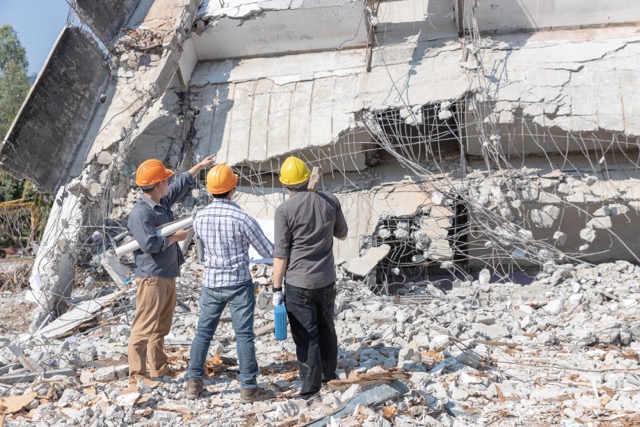North Queensland is facing floods, but how do natural disasters really impact property values in the long run? You might be surprised to learn that while initial price drops are common, most markets tend to recover within 12-24 months. Discover what factors truly drive this resilience, from insurance coverage to location desirability, and why some "risky" properties still command premium prices.
As North Queensland continues to grapple with floods, it raises the question of how natural disasters impact property markets.
Ray White Group Chief Economist Nerida Conisbee said the relationship between natural disasters and property values was shaped by factors ranging from demographics to wealth disparities.
Citing research from Siddhant Saha, Ms Conisbee noted that after the 2019-20 Black Summer bushfires in Sydney, properties in bushfire-prone areas in the Hawkesbury experienced price drops of 6% to 24%, while those in the Blue Mountains saw declines of only 0.2% to 0.5%. However, those price drops were only temporary, with most markets recovering within 12-24 months.
“This pattern of short-term impact followed by recovery appears consistent across different types of natural disasters and locations,” she said.
“For example, following the 2011 Brisbane floods, affected suburbs initially saw value declines but by 2017 were achieving median prices well above their pre-flood levels. Similarly, Mallacoota, one of the worst-hit areas in the 2020 bushfires, saw house prices surge 70% in just three years, driven significantly by covid-19-driven population movements to regional areas.”
Ms Conisbee said the speed and extent of recovery often depended on:
- Insurance coverage – Locations with higher rates of insurance coverage tend to recover faster. “This creates a wealth disparity in disaster recovery, with more affluent areas often bouncing back faster,” she said.
- Demographics – Communities with a higher average age tend to be more resilient, as older residents are often more willing to remain in fire-prone areas.
- Government response – “Areas that receive significant government investment in disaster mitigation infrastructure typically see stronger price recoveries,” she said.
- Location desirability – Riverside properties, coastal homes and bush retreats often continue to command premium prices, despite their risky locations.
“Short-term price impacts from disasters typically recover, but the timeline can vary significantly by location and circumstances,” Ms Conisbee said.
“Demographic and wealth factors play crucial roles in market resilience, creating uneven recovery patterns across different communities.”
Helpful links.
Ready to get started?
Start applicationLet’s chat today to find the right solution for you.
Let’s chat today to find the right solution for you. Whether it's your first home, a growing business, or a new vehicle, Gwen and the Ferns Finance team are here in Beenleigh, Logan, Scenic Rim, and on the Gold Coast to offer expert, obligation-free advice tailored to your goals.
Related articles that may interest you

Your Essential Guide: How to Identify a Good Commercial Investment Property in Logan, QLD
Are you a first-time investor or self-employed professional in Logan, Beenleigh, or the Gold Coast looking to build long-term wealth? Stop just looking at price! Discover the three essential keys—from mastering the Logan Planning Scheme to aligning with the Logan Office of Economic Development's growth priorities—that determine if a commercial property is a future-proof investment asset or a financial risk.

What are the long-term financial implications of investing in Logan's rapidly growing property market?
Positioned between Brisbane and the Gold Coast, Logan is quickly becoming a top location for savvy property investors. But what makes it so attractive? This article explores Logan’s long-term financial potential, from strong capital growth driven by major infrastructure projects to competitive rental yields and crucial tax benefits. Learn how to navigate this booming market and build a sustainable property portfolio for the future.

Tax-Effective Investment Strategies for High-Income Earners in the Logan Area
Are you a high-income earner in the Logan area burdened by a hefty tax bill? Discover the tax-effective investment strategies that can help you legally reduce your taxable income and accelerate your wealth creation, all while building a strong financial future in your community.


